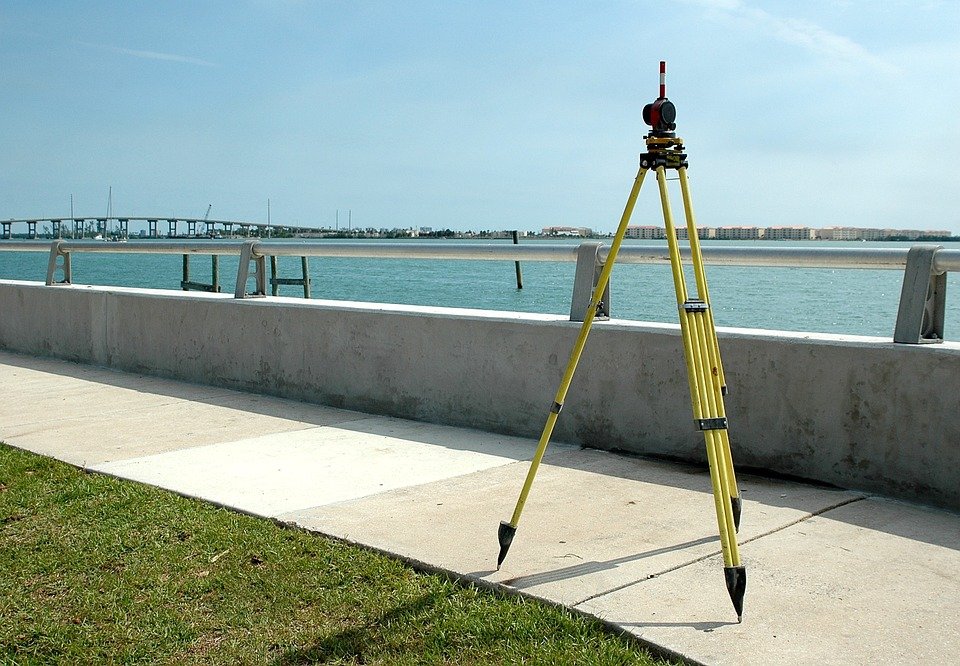[ad_1]
How to Accurately Locate Property Boundaries Through Boundary Surveying
Property boundary surveying is a process that identifies the exact location of property lines and the features that define them. It is a necessary step in real estate transactions, as it ensures that all parties involved understand the exact boundaries of the property in question. It is also used to determine the size of a property, as well as its location relative to other properties. Property boundary surveying is a complex process that requires the expertise of a professional surveyor.
Steps Involved in Boundary Surveying
The steps involved in boundary surveying can vary depending on the size and complexity of the property in question. However, the basic steps are the same for all boundary surveys. These include:
1. Establishing the Property Lines
The first step in boundary surveying is to establish the property lines. This is done by examining existing survey maps, deeds, and other documents that define the property boundaries. The surveyor will also use field notes, aerial photographs, and other methods to accurately determine the boundaries of the property.
2. Researching and Locating Evidence
Once the property boundaries have been established, the surveyor will need to research and locate any evidence that can help to identify and verify the boundaries. This can include researching historical records, examining aerial photographs, and visiting the property to search for any physical evidence that can help to verify the boundaries.
3. Identifying Landmarks and Marking Boundaries
The next step is to identify any physical landmarks that can be used to verify the boundaries. This includes examining existing fences, walls, trees, and other features that can help to identify the boundaries. The surveyor will then mark the boundaries with flags, stakes, or other markers.
4. Creating a Survey Map
The surveyor will then create a survey map that accurately reflects the boundaries of the property. This map will include any landmark features, boundary markers, and other information that can help to verify the boundaries. The surveyor will then submit the map to the local government for approval.
5. Finalizing the Survey
Once the map has been approved, the surveyor will finalize the survey by gathering all of the necessary documents and verifying that the boundaries are accurate. This includes verifying that the boundaries on the map match the physical boundaries of the property. If any discrepancies are found, the surveyor will need to adjust the boundaries accordingly.
Benefits of Boundary Surveying
Boundary surveying is an important process that helps to ensure that all parties involved in a real estate transaction understand the exact boundaries and features of the property. By accurately determining the boundaries, surveyors can also help to ensure that no disputes arise regarding the property’s borders. Furthermore, boundary surveys can help to protect both buyers and sellers from potential boundary disputes in the future.
Conclusion
Boundary surveying is a complex process that requires the expertise of a professional surveyor. By following the steps outlined above, surveyors can accurately determine the boundaries of a property and create a survey map that accurately reflects the property’s borders. This can help to ensure that all parties involved in a real estate transaction understand the exact boundaries of the property and can help to prevent any future disputes.
[ad_2]


